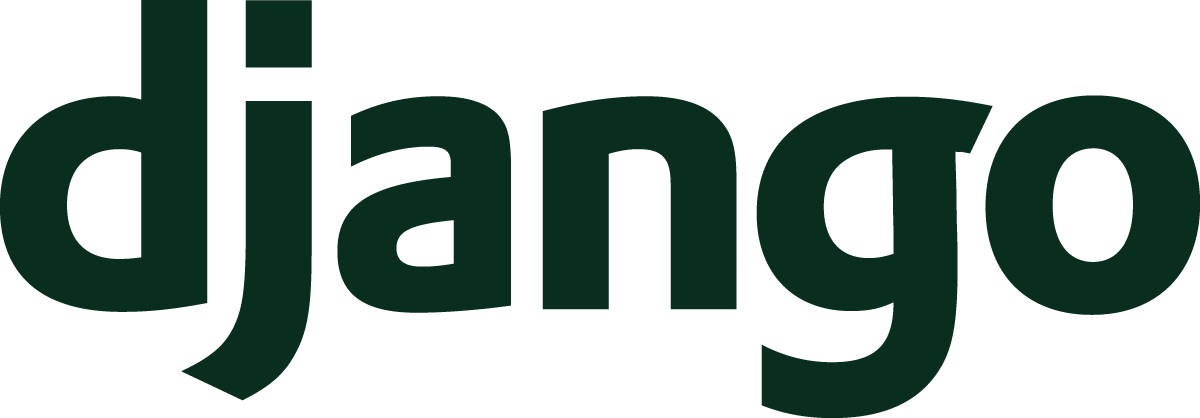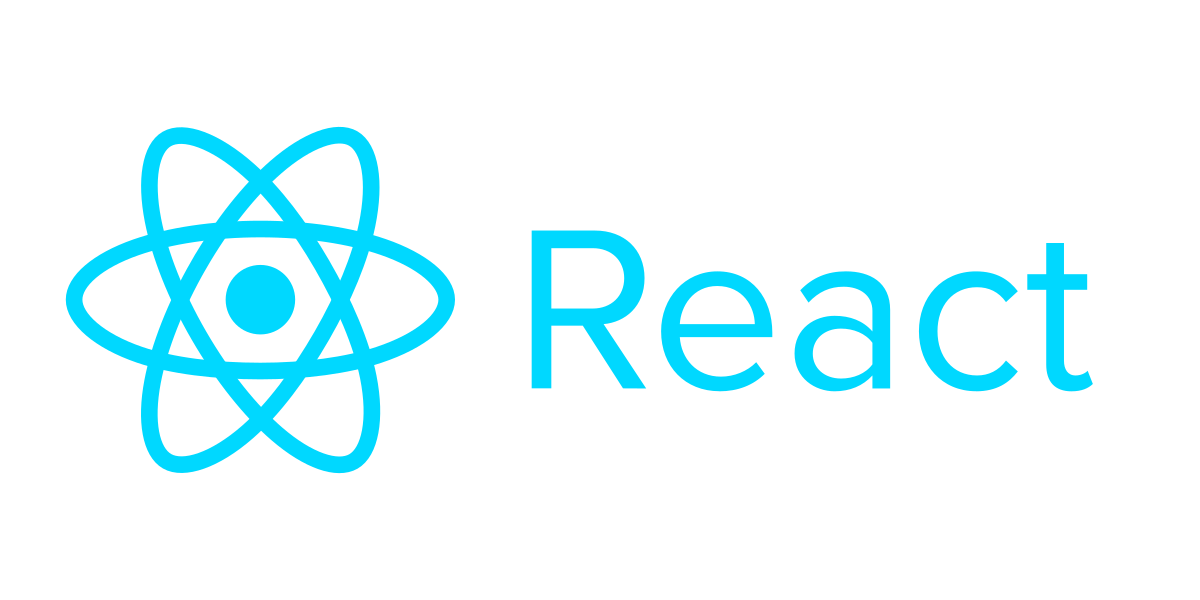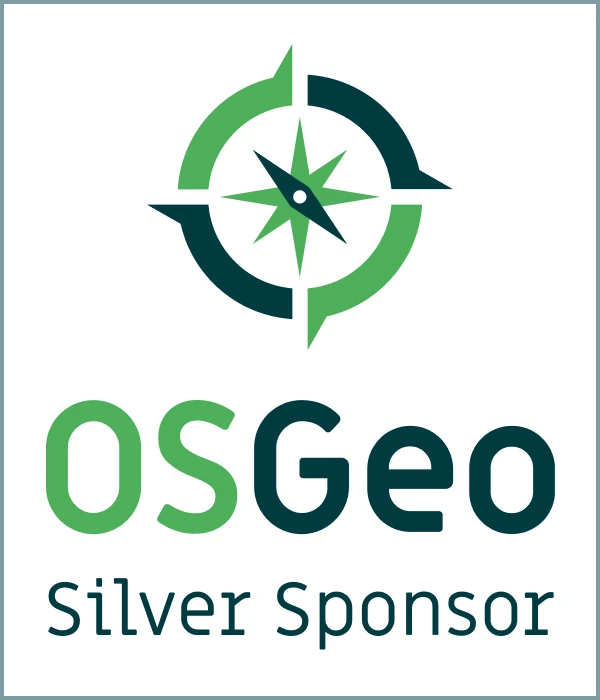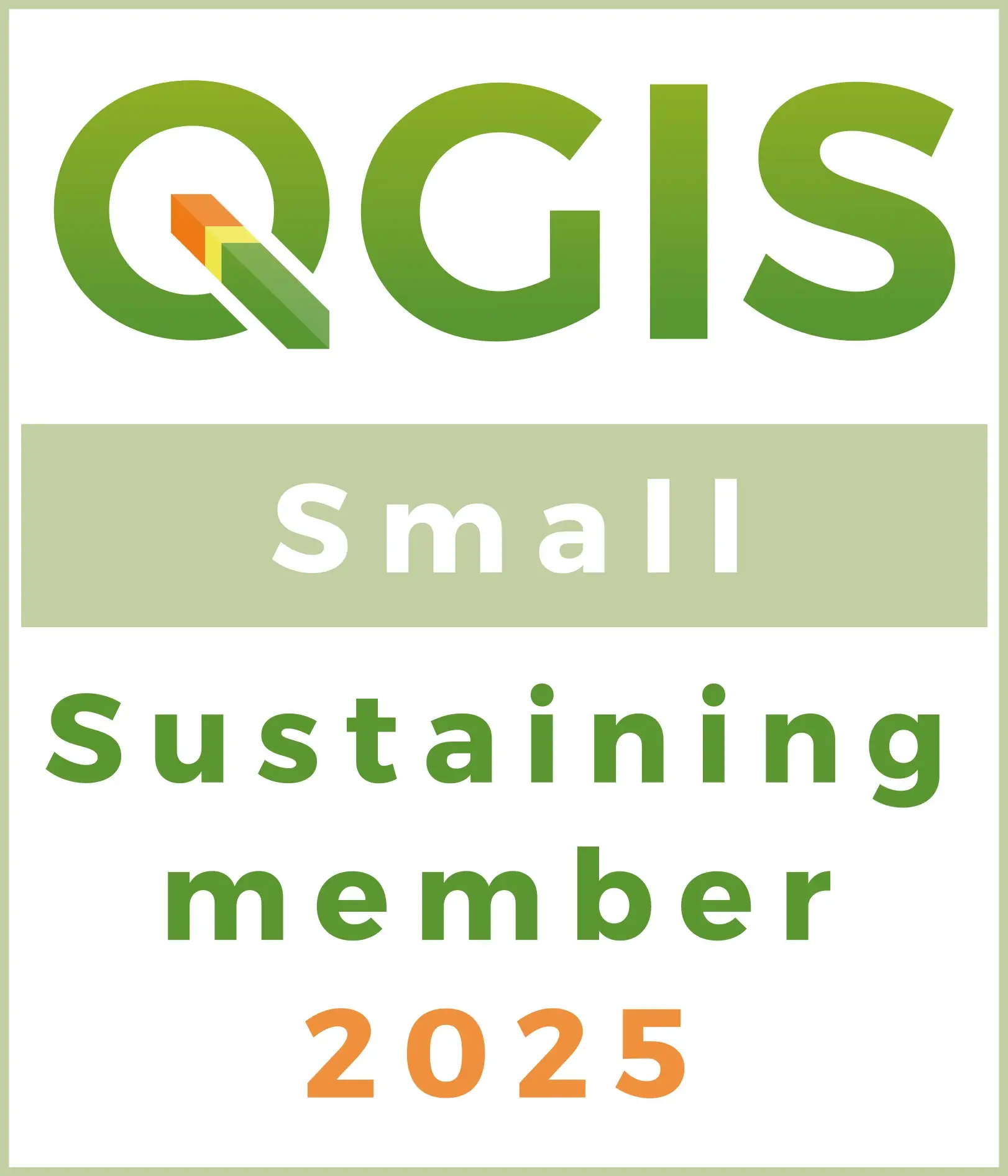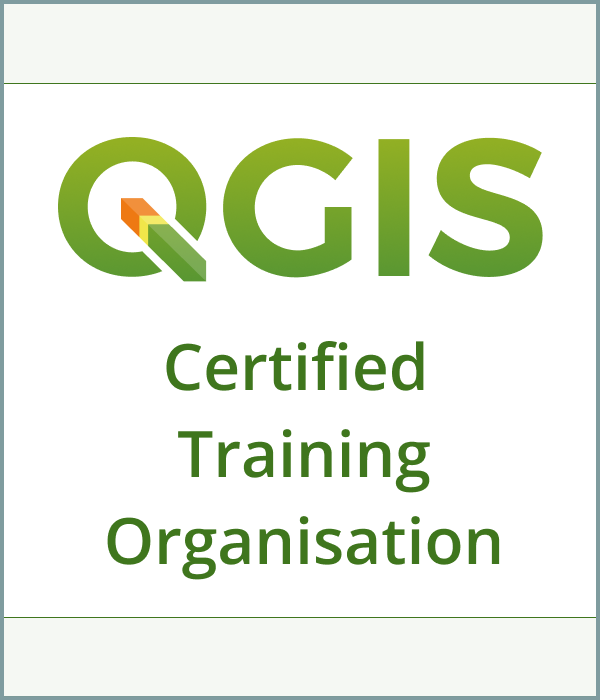Web Mapping & Applications
Accessing spatial data isn't always easy
Even the best GIS teams can be stretched thin.
Not everyone who needs spatial data is a GIS specialist.
Your data can go further.
Web mapping as a solution
Web mapping makes your spatial data easier to access, use, and share, without compromising control or quality.
It solves common bottlenecks by:
- Putting data in the hands of the people who need it.No more waiting on the GIS team to export a map or explain a dataset. People can explore live maps and data on their own terms.
- Keeping everything connected and up to date.Web maps can be tied directly to your existing QGIS and PostGIS setup, so updates happen once, not five times in five places.
- Giving you control over what's shared and with whom.Built-in access controls let you decide who sees what, whether it's internal teams, external partners, or the public.
- Making complex information easier to understand.A well-designed map can tell a story, highlight a trend, or support a decision better than a spreadsheet ever could.
In short, web mapping makes your spatial data more useful and more usable, without putting more strain on the people who manage it.
What we do
We build web mapping solutions that make your spatial data easier to manage, explore, and share.
Our applications make it easy to:
- Access the most up-to-date information, straight from your existing GIS workflow.
- Control who sees what, with built-in access and authentication options.
- Collaborate on shared maps and datasets.
- Search and discover data through user-friendly interfaces.
- Share maps and layers with internal teams or the public, securely and on your terms.
Whether you're managing assets, informing decisions, or sharing information, we help you build tools that make your spatial data easy to access and understand.
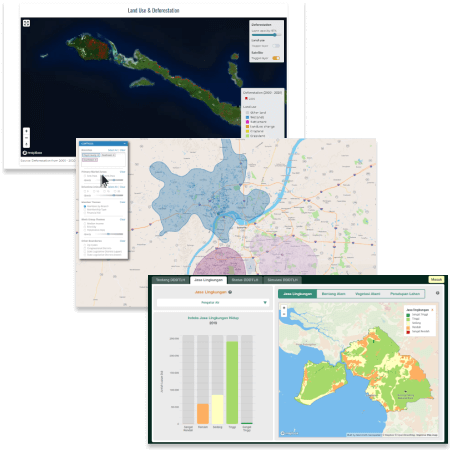
How we do it
We work with a range of open source, reliable tools to build solutions that integrate with the way your team already works.
- GeoNode: A platform for managing, cataloguing, and sharing geospatial data, with access control and collaboration features.
- G3W-Suite: A tool for creating web mapping applications directly from QGIS projects, with built-in editing, querying, and publishing tools.
- Custom Web Apps: When off-the-shelf isn't enough, we build tailored applications around your data, users, and goals.
- QGIS + PostGIS Integration: We can connect your web maps directly to your existing GIS stack, so everything stays current and in sync.
These aren't the only tools we use, but they're some of the ones we reach for often to help teams get more value from their spatial data.
We're not just here to build maps - we're here to help you make better use of your data. Let's talk about your data and how we can bring it to life!
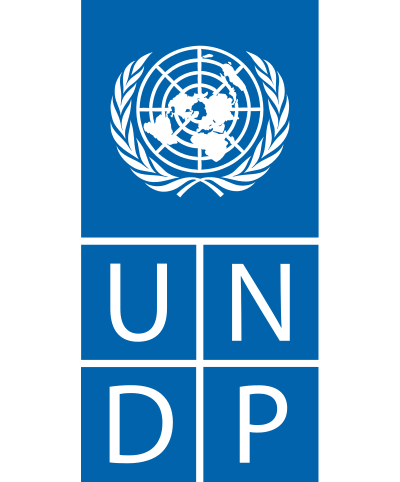
The team at Mammoth Geospatial has continuously checked the boxes and more. They've done a wonderful job in turning our vision into reality.
The Biodiversity and Climate Geoportal allows a wide range of users, whether specialized or non-specialized, to connect, share, and visualize spatial data for monitoring and protecting Papua New Guinea's immense and rich biodiversity.



